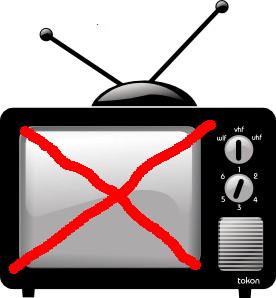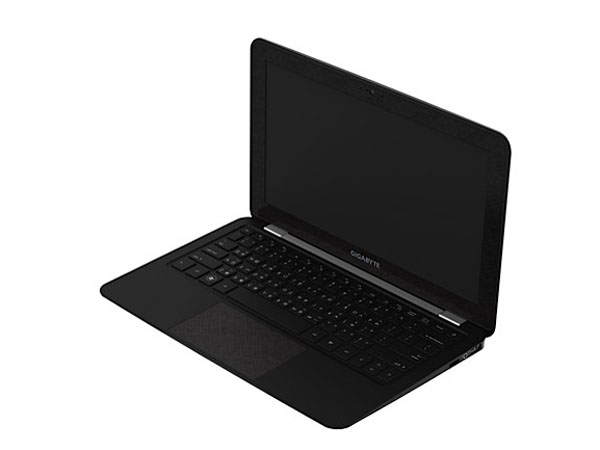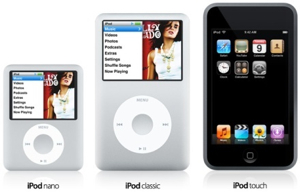 It seems like you can’t go anywhere in Silicon Valley without hearing about someone who’s making an app. Apps are all the rage these days and software engineering is one of the hottest jobs all over the world. But in the not too distant past, there wasn’t this much excitement around software.
It seems like you can’t go anywhere in Silicon Valley without hearing about someone who’s making an app. Apps are all the rage these days and software engineering is one of the hottest jobs all over the world. But in the not too distant past, there wasn’t this much excitement around software.
In fact, I have heard from many executives who have been around a while that the excitement around software and apps today reminds them of the same excitement around software when personal computers were first gaining steam.
Although there are some similarities between the industry today and the PC software industry when it was first getting started, the excitement around software today is taking place on an entirely different kind of computer. The excitement around software today is entirely focused on touch computers like smartphones and tablets.
Smartphones are contributing and are the device that began this new app economy but tablets are where the next real software innovations will be focused on in my opinion. I say this because I am a big believer in the tablets ability to take significant time away from the traditional PC. Our research indicates that consumers are comfortable doing the vast majority of tasks they used traditional PCs for in the past on their tablet. Because of that point we feel the tablet represents one of the most exciting platforms which will lead a new software revolution.
Starting Over
I think a strong case could be made that much of the focus of the software industry over the past few decades has been on professionals and the workplace. In my opinion, only in the last five years have we had what I would consider a pure, mature consumer market. The maturity of the consumer market for personal computers is the foundation that has led to the rebirth of the software industry. If the first phase of the software industry was focused largely on businesses, then the next phase will be largely based on consumers.
Although we can articulate what is happening by proclaiming that the software industry is being reborn, in all actuality it’s starting over. The first software phase was all about creating software for desktops and then eventually laptop computers. Both were driven primarily by mouse and keyboard input mechanisms. The software generating all the excitement today is fully around touch as an input mechanism. Given the drastic differences between touch computing and mouse and keyboard computing, software developers are reinventing or at the very least re-imagining their software around touch computing. It is this reinventing and re-imagining of the software industry — brought about by touch computing — that leads me to believe it’s almost like it’s starting over more than it’s being reborn.
New Hardware Is Driving New Software
This rebirth of the software industry is being driven primarily because of new hardware that’s selling like hotcakes to the masses. Although it’s easy to get excited about all the shiny new smartphone and tablet hardware, it’s important to remember that hardware is only as good as the software it runs. I could own the most amazing and elegant piece of hardware, but if it runs poor software, it’s no better than a paperweight.
When I speak with software developers who are driving this new phase of software, they’re largely focused on the iPad and the iPhone. These two platforms are giving software developers valuable experience in gaining expertise, making the next generation of touch software much more personal. This is important because new platforms incorporating touch are on the horizon based on Windows 8.
Windows 8 presents a radical departure from the normal desktop/notebook operating system that Microsoft usually churns out. Windows 8 will be the first OS to combine a touch-based operating system (called Metro) with a mouse-and-keyboard operating system and a familiar Windows interface. These two experiences combined together will lead to a new generation of notebooks, desktops, and tablet-notebook hybrids, all with touch interfaces.
Regardless of your opinion about Microsoft’s approach with Windows 8, the reality is that over the next few years, touch computing is coming to a wide range of laptops and desktops.
What’s Next?
That’s a great question, and my answer may surprise you. I believe the next big software craze will be around television. I know it may seem crazy to think about running apps on your TV, but that’s what I think is next. Google is already going down this path with Google TV, letting software developers make apps for the big screen; Samsung is also doing this with its line of Smart TVs. And there’s speculation that Apple has big plans for the TV industry — if that’s true, I believe apps will be a part of the strategy.
Even though there are products on the market that let you run apps on your TV, those developers have yet to re-imagine their apps on the big screen. Just as software developers are having to re-imagine their software for touch computing, they will have to do the same thing for the TV.
We live in extremely exciting times and things will get even more exciting. I firmly believe we will see more fascinating innovations centered around personal computing hardware and software over the next 10 years than we ever saw in the past 30 years of the PC of the industry, and I’m glad that we’ll get a chance to observe them firsthand.








